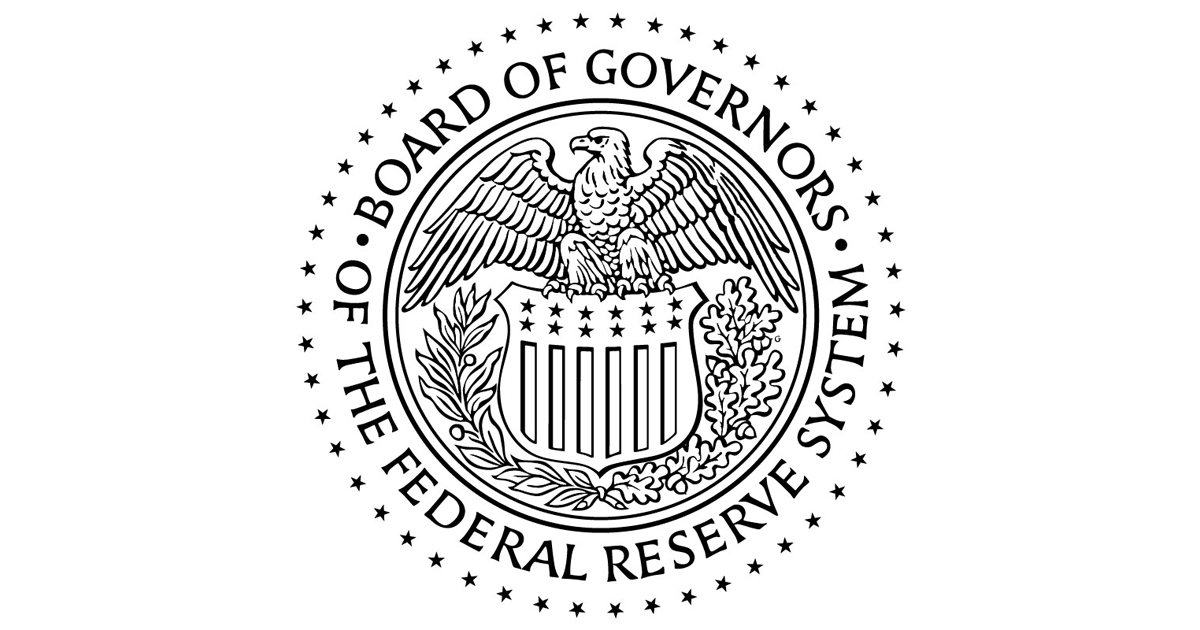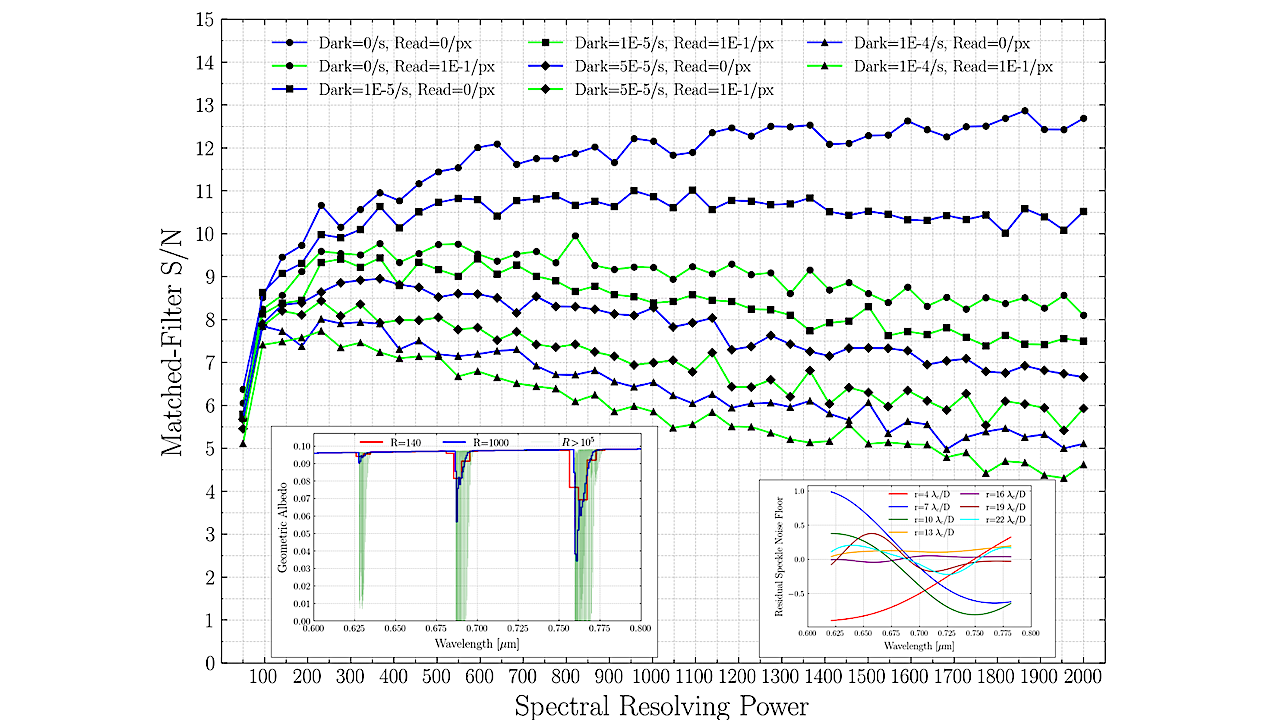As we wrap up today’s conference, I would like to thank all of the moderators and presenters on today’s panels. And of course, Secretary Bessent for sharing his perspectives on community banks, and the many community bankers, and state bank regulators and others who attended today’s event in person or virtually. I would also like to recognize our staff whose hard work made today’s conference possible.
Community banks drive local and regional economic growth, and they play a central role in the financial health of the customers and communities they serve.1 These banks often pursue unique business models—ones that are not easily replicated by larger banks, including the relationship banking model that is a central tenet of community banking. In today’s environment, many community banks are embracing innovation and continuing to evolve to better serve their customers in the current and future financial system. The focus of today’s conference has been on community banks, how they continue to innovate, and how they rise to the challenge to support their customers as the financial landscape continues to change.
Legislators and regulators are also rising to the challenge to ensure that the community banking system continues to thrive, through the critical task of ensuring that supervision and regulation are appropriately tailored. Our support for community banks cannot just be lip service; it must translate into specific actions that right-size regulation and apply appropriate supervisory standards, specifically in identifying the appropriate definition of a community bank, in establishing appropriately tailored regulatory thresholds, and in approaching supervision focused on material financial risk.
So, what is a community bank for this purpose? Generally, the regulatory framework uses the blunt tool of fixed asset thresholds. We know that relying solely on fixed asset thresholds is imperfect, at best. They fail to account for economic growth and inflation over time, resulting in firms with stable growth, consistent business models, and no change in risk profile crossing asset thresholds. These firms become subject to increasingly complex and burdensome regulatory requirements and supervisory expectations. This is clearly not the intended or desired outcome, in that crossing these fixed thresholds has the unintended consequence of “pushing down” standards designed for larger and more complex banks to smaller and less complex ones. Compounding this problem is the overlapping and inconsistent thresholds used to define banks of different sizes and engaged in different activities. We should ask whether this additional complexity is necessary or even helpful, and to what extent it impairs economic growth.
A simple fix would be for policymakers to adjust the community bank and other thresholds based on growth—and apply that adjusted threshold consistently—indexed to adjust for future growth. This approach would preserve the policy choice established when the threshold was initially set.
Defining a community bank is an important first step, but it is just that, a first step. The next question is how to appropriately tailor regulations for these and other firms. Over the years, I have supported an approach to regulation grounded in asking some simple—but critical—threshold questions. What problem does each new and existing regulation solve? What are the costs of this approach? And importantly, what alternative approaches are available? When we look back at existing regulations, we can clearly identify areas for improvement. For example, the community bank leverage ratio, or “CBLR,” was designed as an optional alternative framework to risk-based capital requirements for community banks. A community bank that opts into the CBLR framework and complies with the established ratio is deemed to comply with risk-based capital requirements.
But if we look back at the history of the CBLR, the agencies approached the task of calibration primarily by evaluating how many banks would be eligible to opt in and calibrating the requirement to maintain the same high level of capital in this population of banks. In my view, this approach failed to achieve the relief Congress intended, and more fundamentally, failed to answer the critical questions we must consider in the rulemaking process.
Let me turn to another area that needs to be addressed, the applications process. This process can also negatively impact community banks. It requires banks to seek approval from the Federal Reserve and other state and federal regulators for regulatory permission to engage in a transaction or activity. But this process can be unpredictable in terms of timing and information necessary to be ripe for consideration and approval. The costs of delay can be significant, damaging the value of the target bank, creating uncertainty for bank employees and customers, and resulting in costly delays for critical systems, integration contracts, and service agreements, potentially damaging the reputation of both firms.
The remedy is simple—regulatory application review should be effective, timely, and efficient. Banks should have a clear understanding of the information they must provide to complete the application well in advance. The standards for approval must be clearly defined and available to the public. And regulators should be prepared to act on a complete application within the statutory time frames. We have an opportunity to take a new approach, and we are doing so. We cannot accept the opacity of the status quo, especially when the “fix” is as simple as clear standards, clear forms, and prompt attention to and action on applications.
One area where we have improved transparency relates to mutual bank capital, which I have spoken about a number of times. Yesterday, the Board issued a series of frequently asked questions and two templates for mutual banks to use as they consider engaging in raising capital. These provide options for mutual banks to issue capital instruments that could qualify as tier 1 common equity or as additional tier 1 equity. These approaches are just a start—we are open to further refinement and improvement once mutuals have an opportunity to review and work to implement this new approach.
I will conclude with a discussion about how we ensure that the supervisory process is appropriate for community banks. Regulators are once again working to incorporate “tailoring” to more effectively allocate supervisory and bank staffing resources. This allows the calibration of supervisory activities that are appropriate to a bank’s size, risk, complexity, and business model. This approach is not new, but it has simply been ignored in recent years. Regulators have significant leeway in designing supervisory approaches, which may include issuing guidance that is technically non-binding but often plays a role similar to a regulatory requirement.
How do we address this problem?
First, through greater transparency. Supervisory practices often escape public and internal scrutiny. They are developed with little public input, and they are not subject to public notice and comment requirements under the Administrative Procedure Act. Supervisory practices are not scrutinized after an exam because of the activity’s designation as “confidential supervisory information” (CSI). “CSI” includes a broad array of bank and supervisory materials and actions taken in an exam context. The Fed continues to revise and redirect our supervisory practices, including the shift in focus toward material financial risk. These efforts would be most effective if accompanied by revisions to the definition and scope of CSI, which would promote greater public transparency and accountability.
Second, calibration of supervisory standards. Supervisory findings inform bank ratings, which can have follow-on effects like limiting options for mergers and acquisitions activity; raising the cost of liquidity; or diverting resources away from other, more important bank management priorities. We need to ensure that supervisory practices are appropriately calibrated so that a bank’s supervisory ratings reflect its financial condition and material financial risks.
Closing Thoughts
Before we close out today’s conference, I would like to again thank all of our attendees, both those here with us and those online. We appreciate the continued support for community banks across the United States. I would especially like to thank the community bankers who work tirelessly to support their customers, businesses, and local economies. Thank you for joining us today.
In my role as the Vice Chair for Supervision, my responsibilities extend across banks of all sizes, from the largest GSIB to a single-branch community bank operating in an underserved rural market. The Fed’s regulatory and supervisory approaches to this wide range of firms must be tailored to address the unique characteristics of each type and size of institution. A one-size-fits-all approach that pushes down requirements from the larger banks to the smallest ones results in overregulation and excessive supervision that is not appropriate for the size, risk, complexity, and business model of community banks. Today, we have the opportunity to right-size the frameworks for each size of institution, and I look forward to working together with my colleagues at the FDIC and OCC to accomplish this goal, through sensible reforms and more appropriate supervisory approaches.
1. The views expressed here are my own and are not necessarily those of my colleagues on the Federal Reserve Board or the Federal Open Market Committee. Return to text







